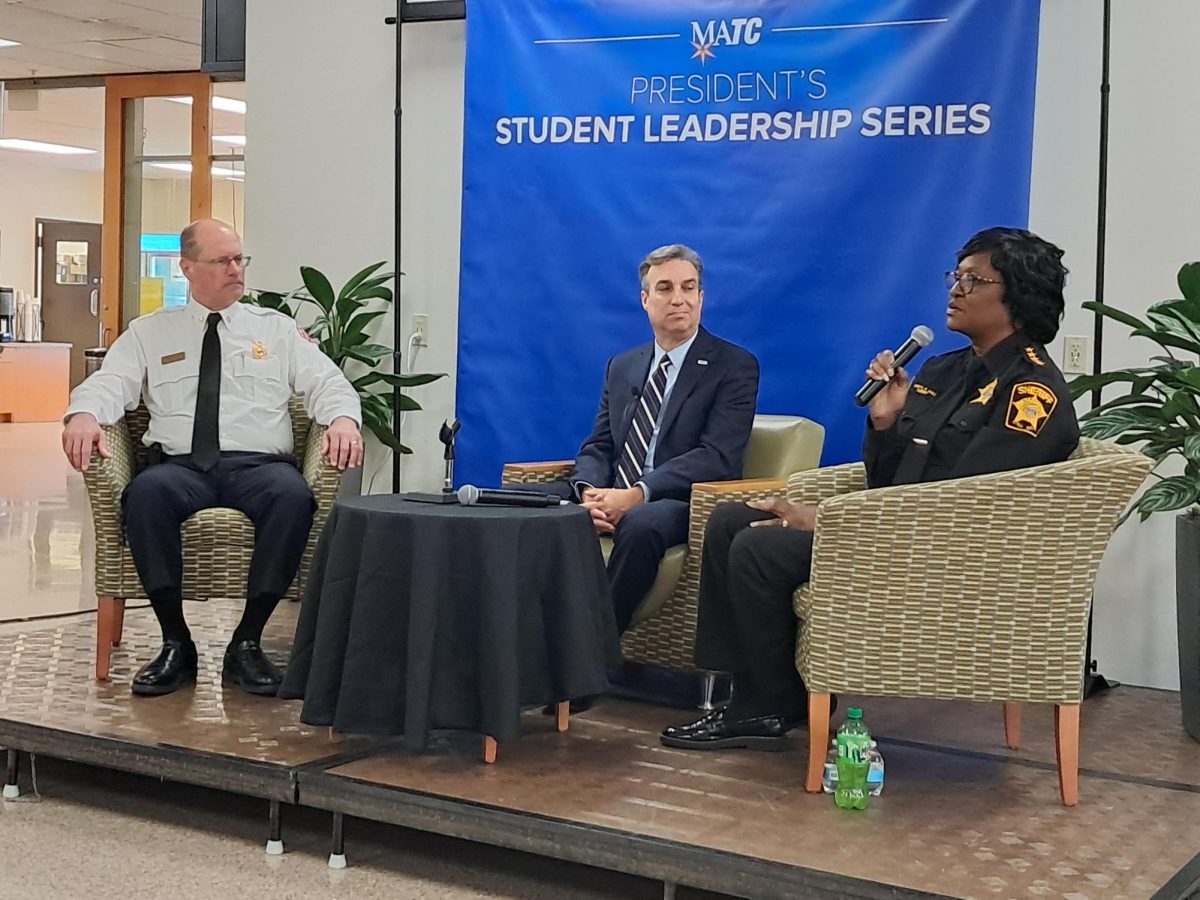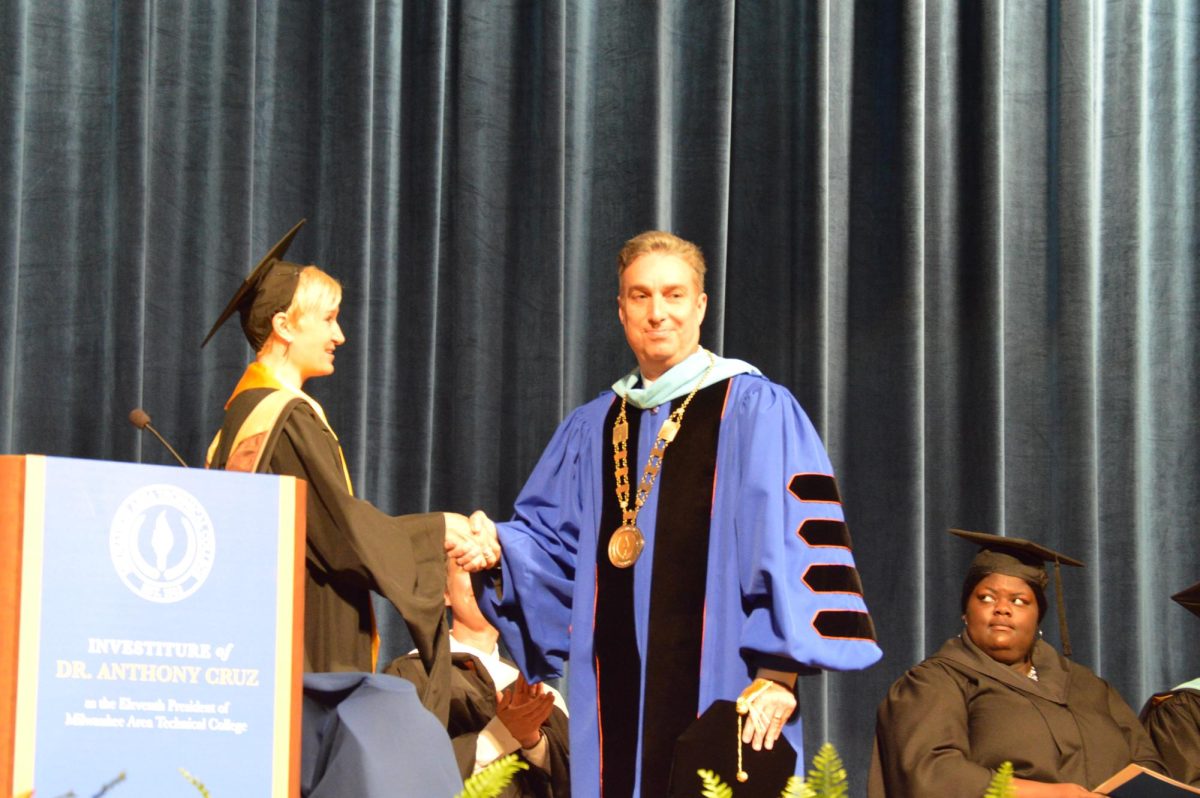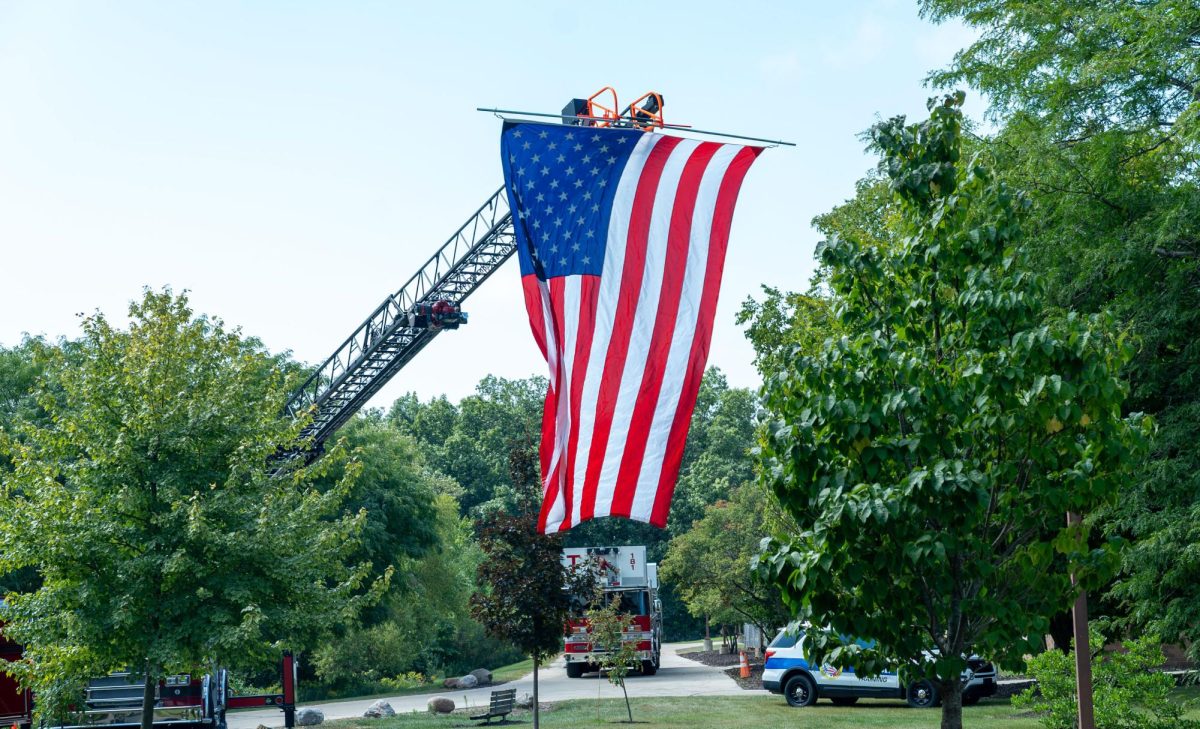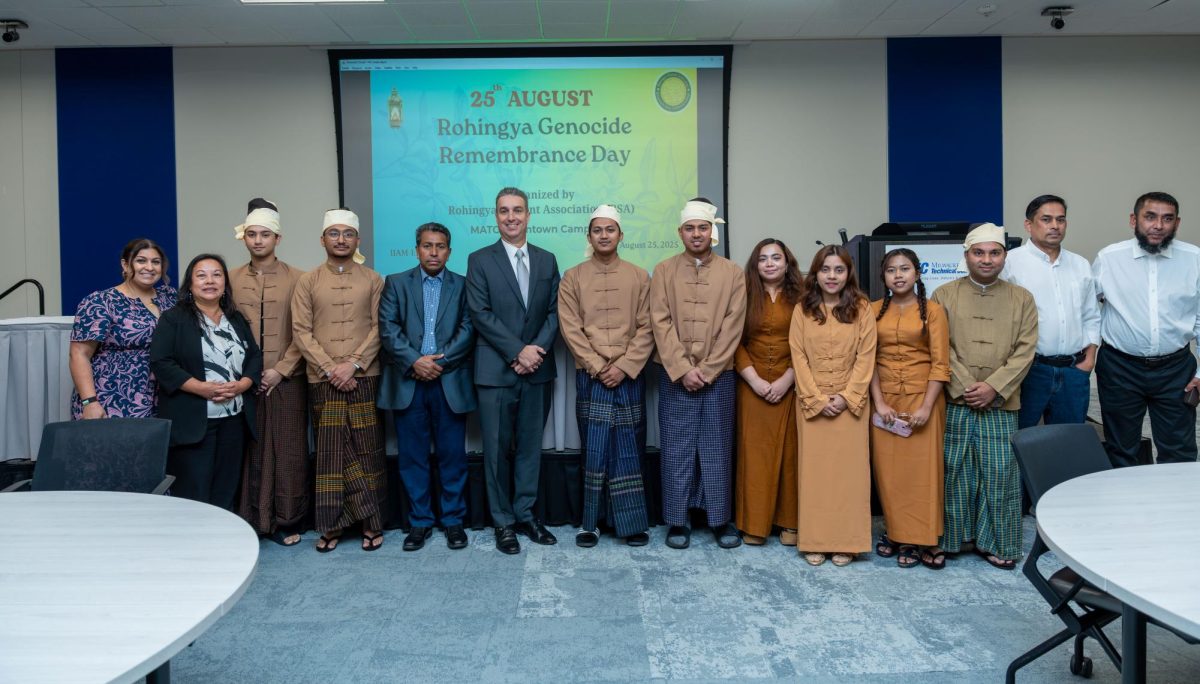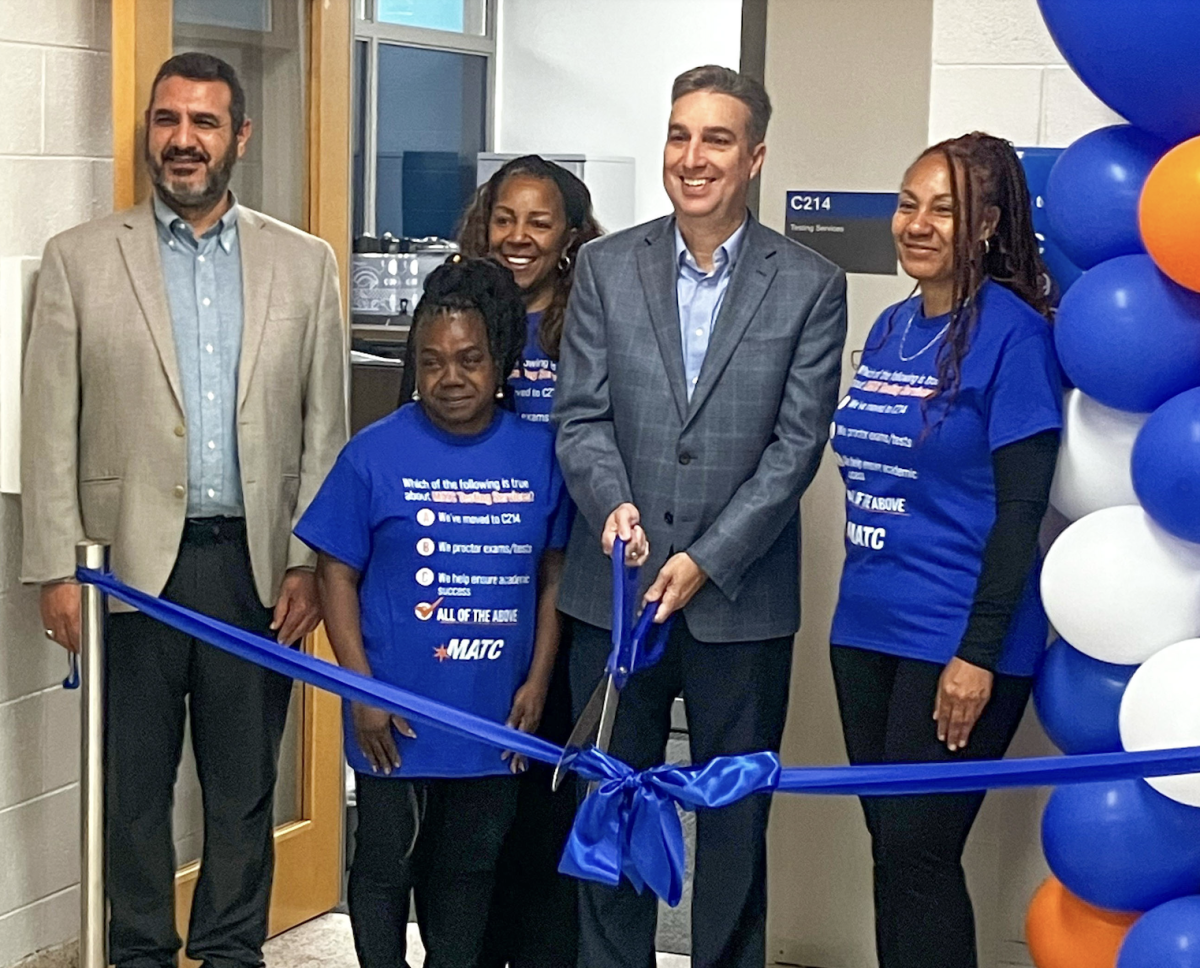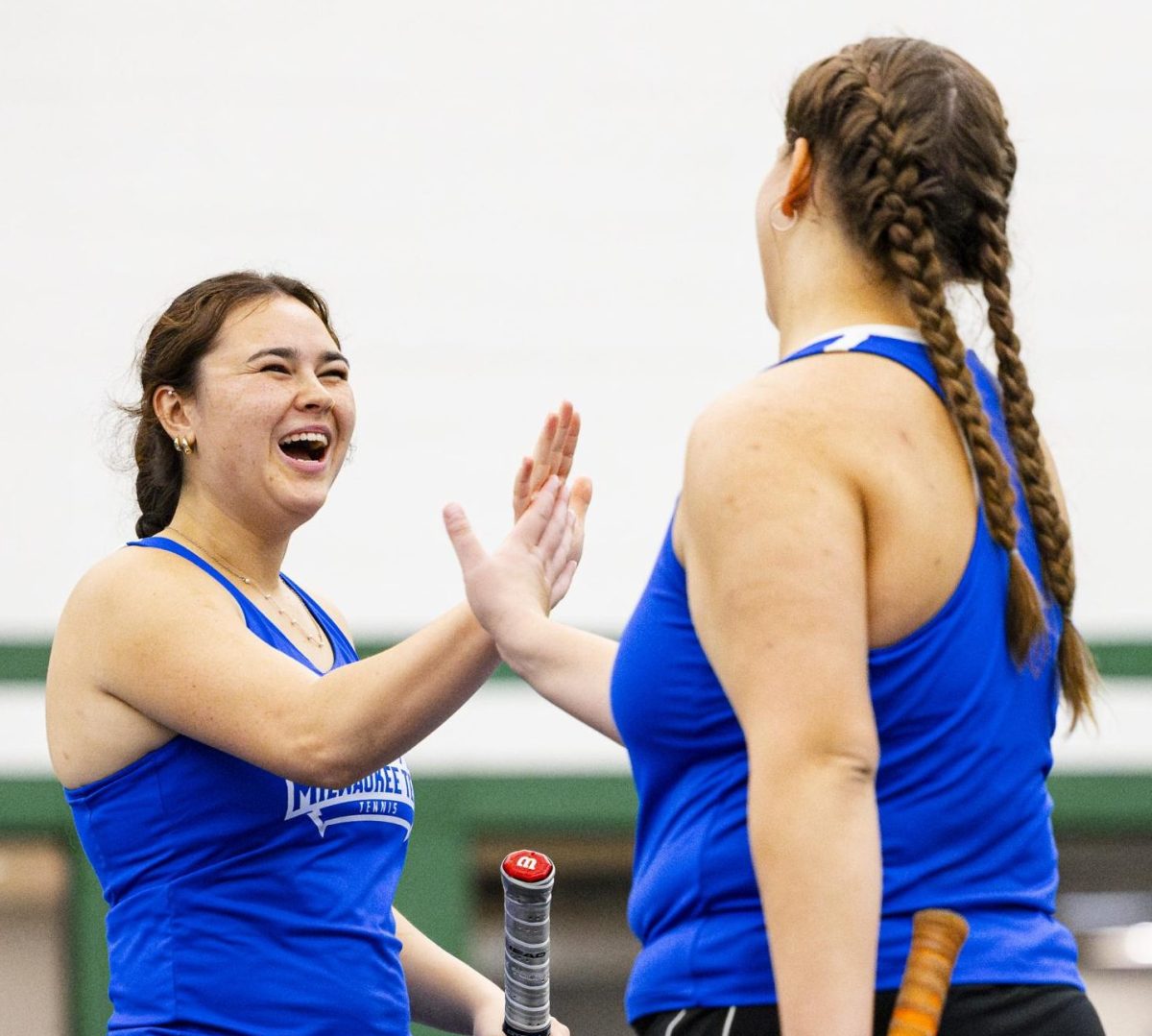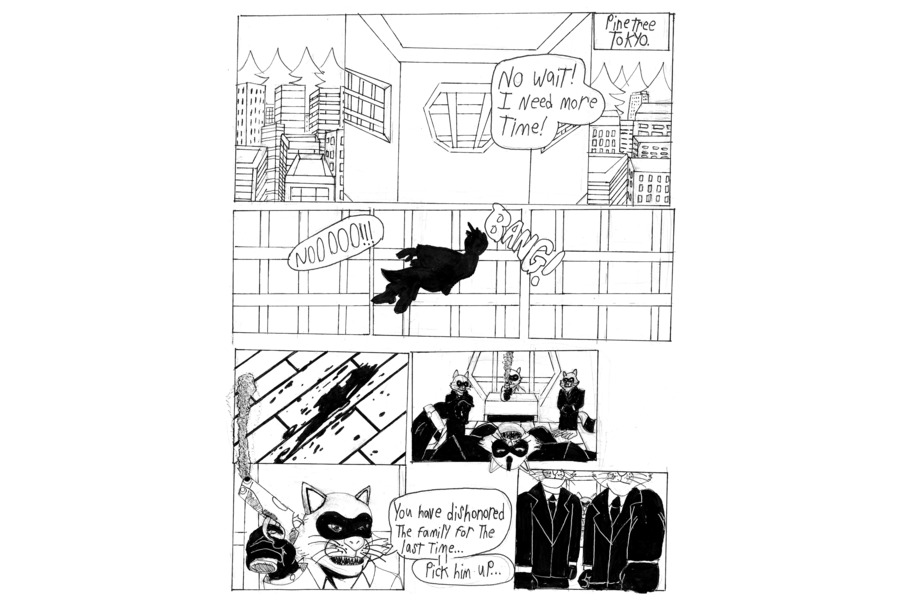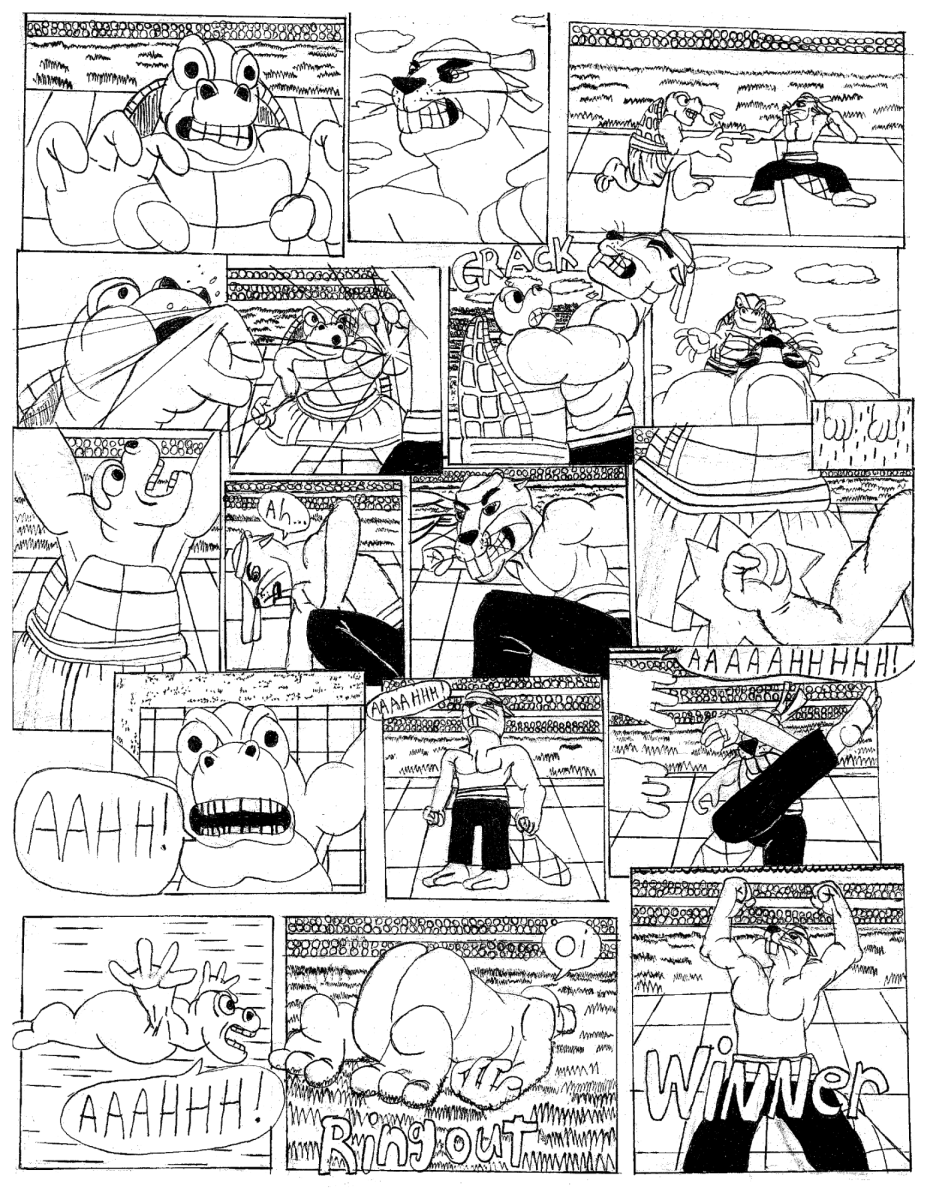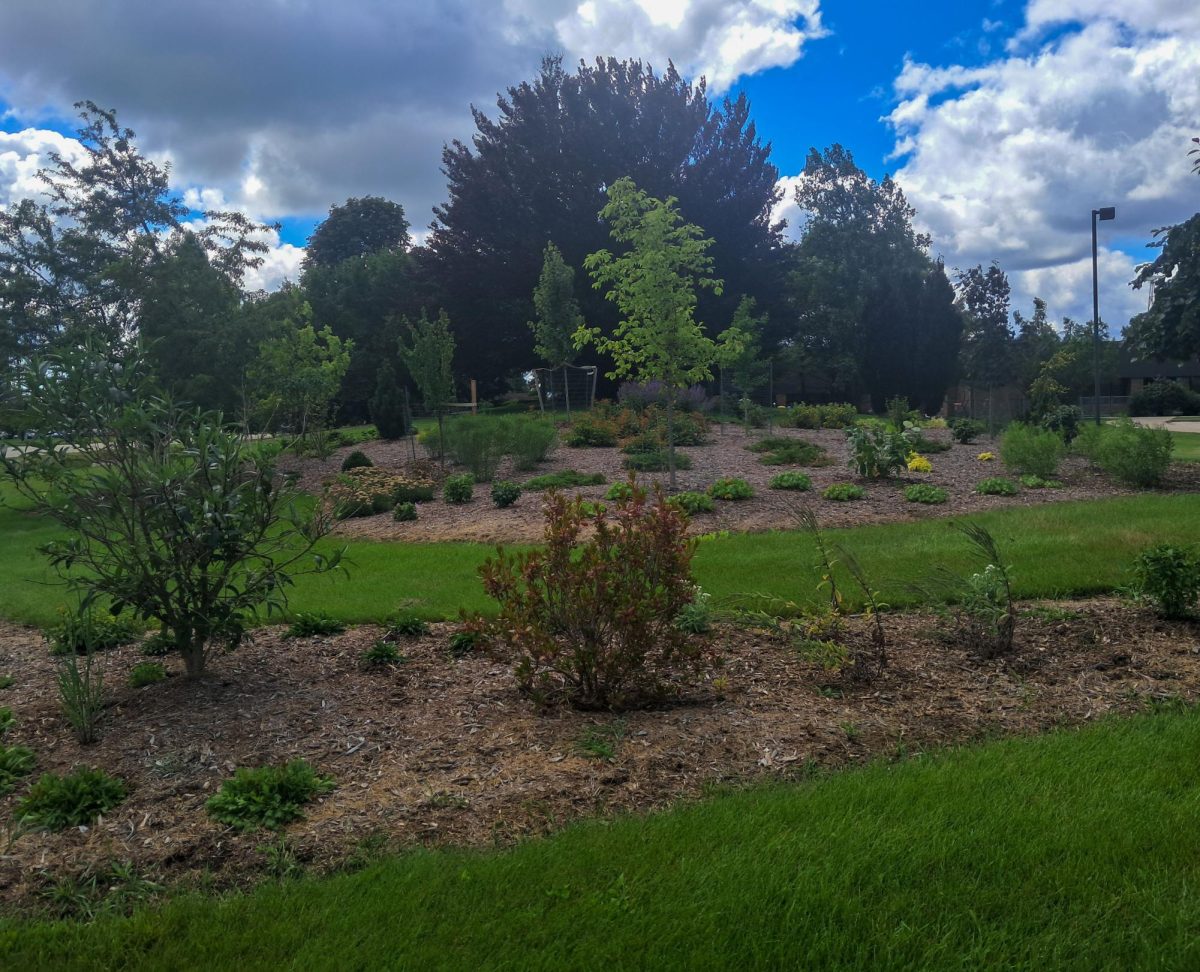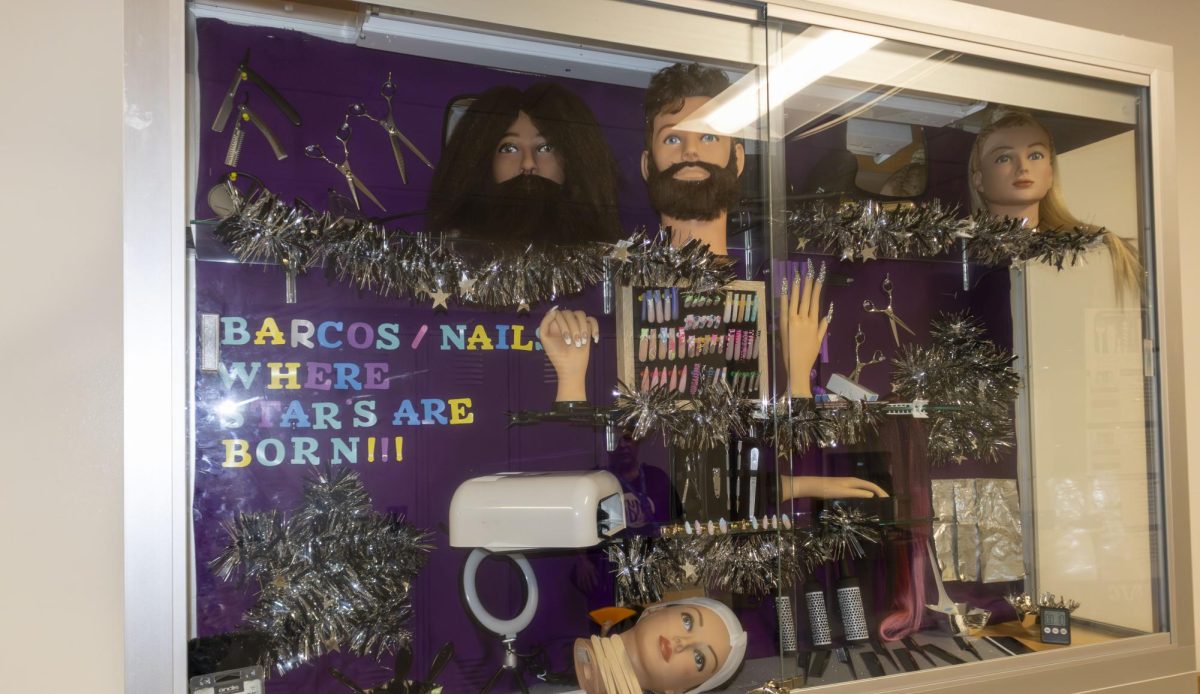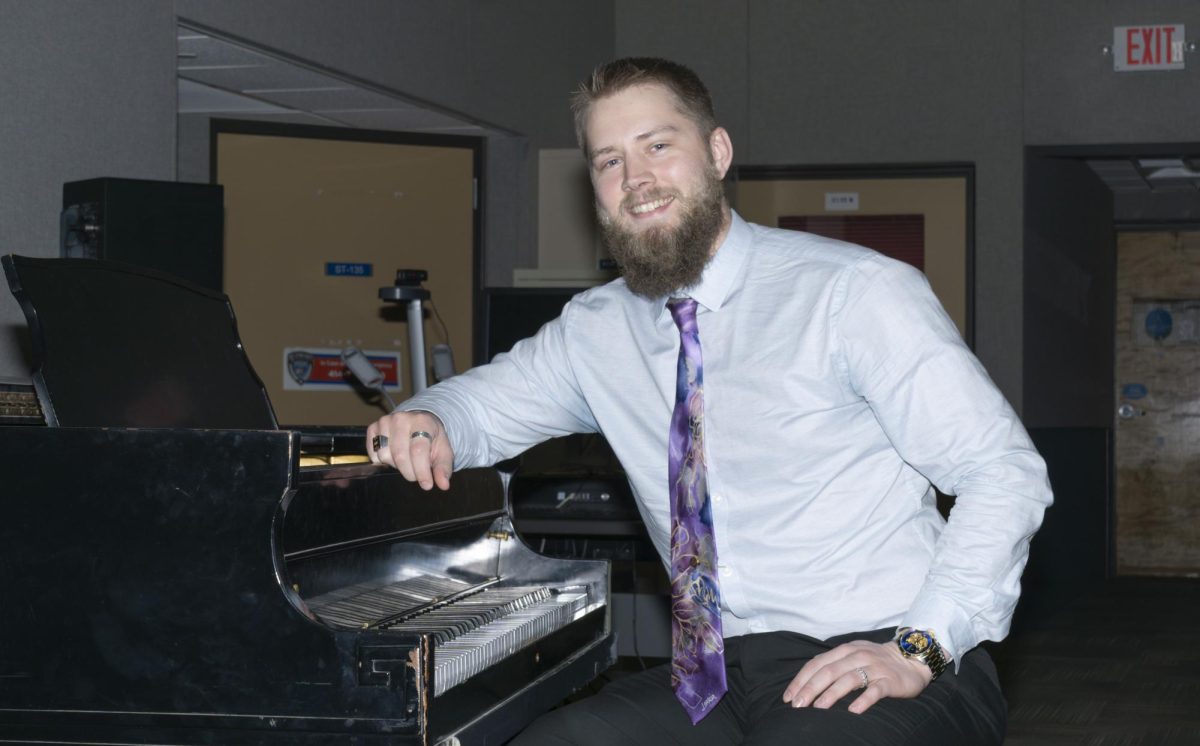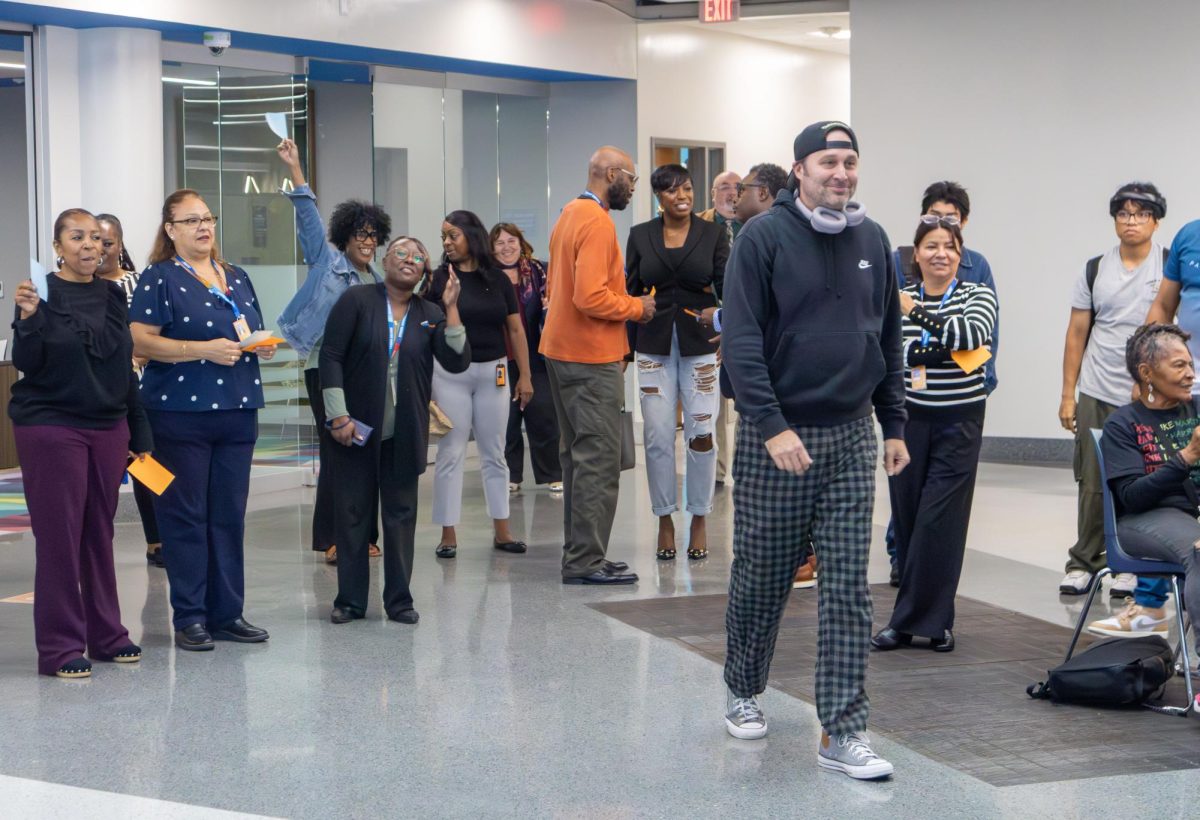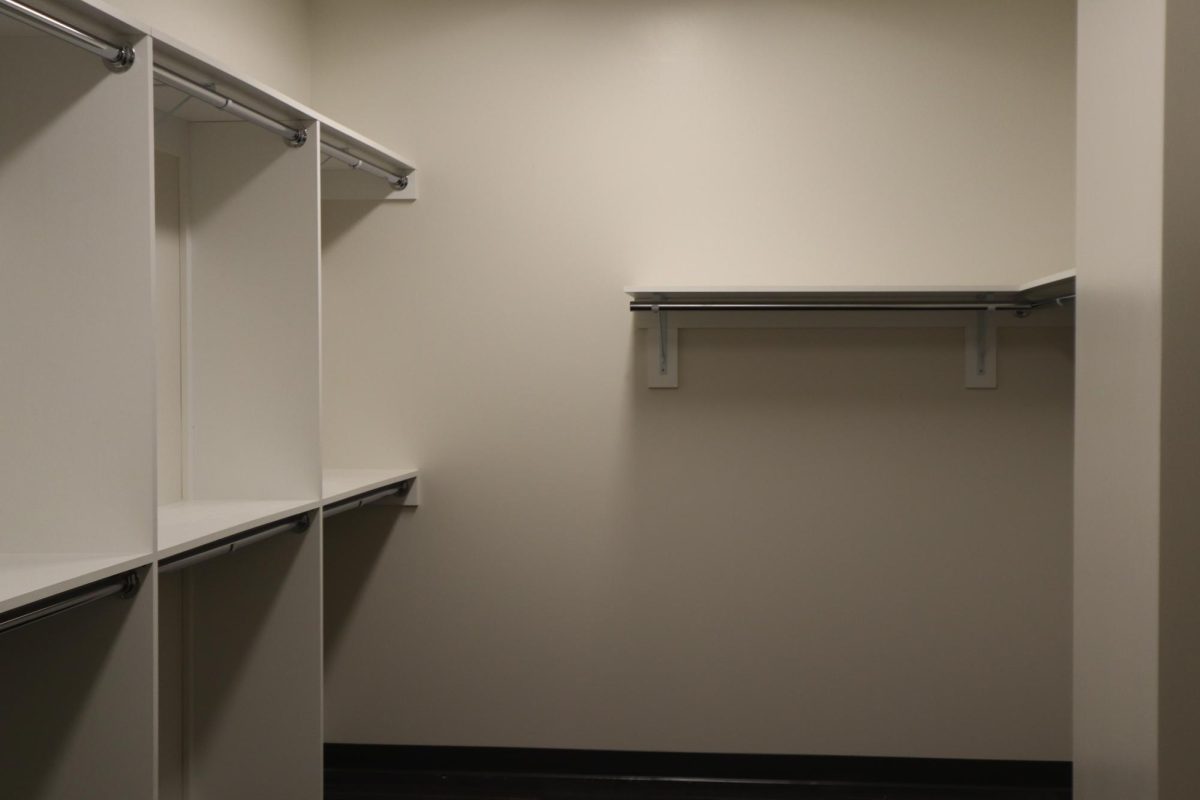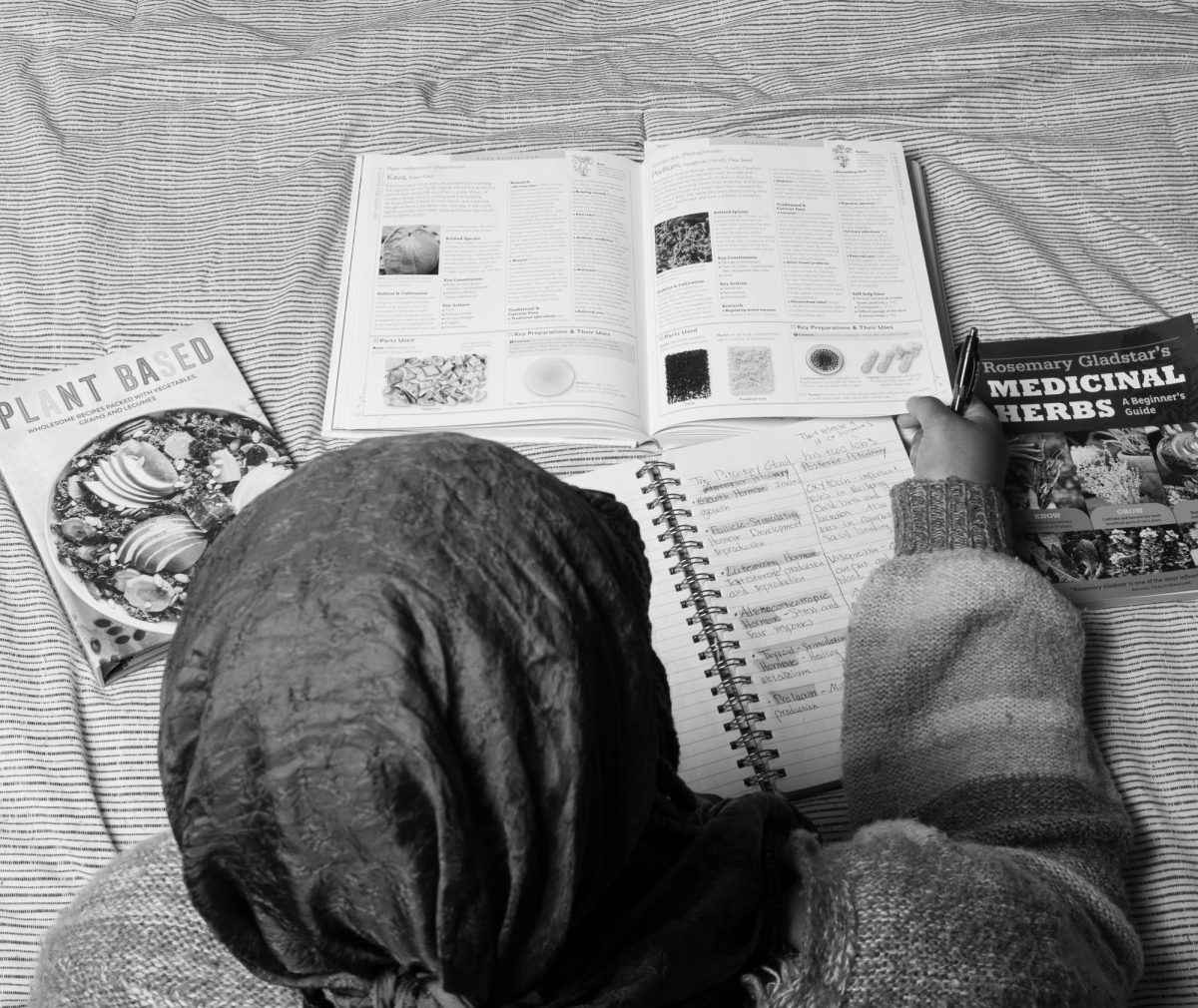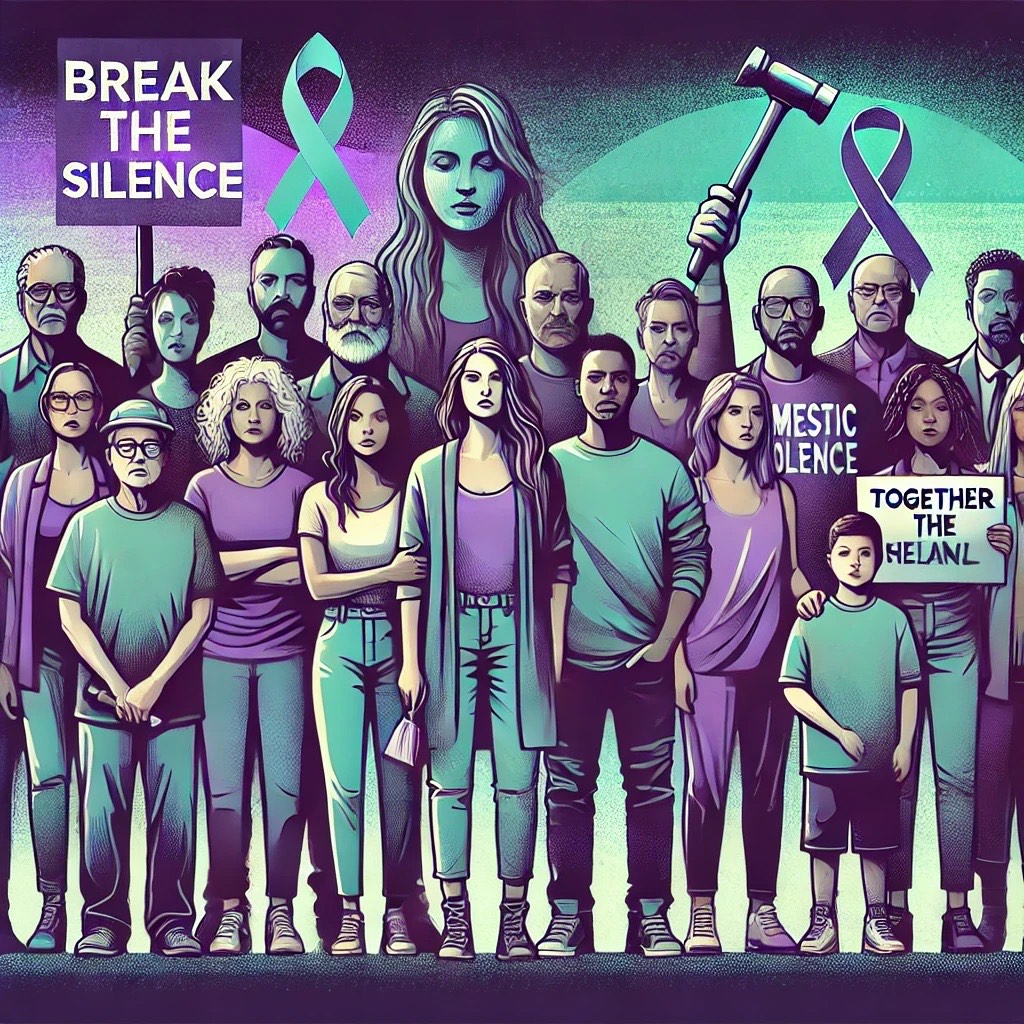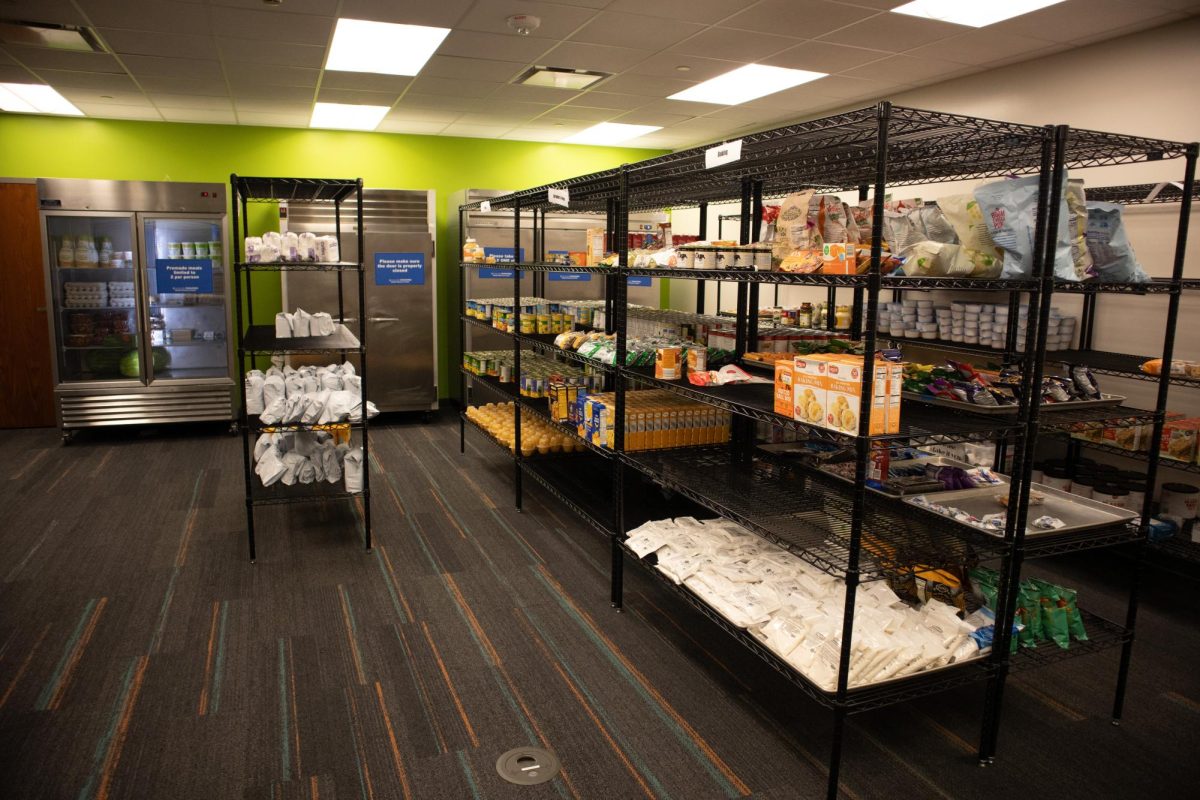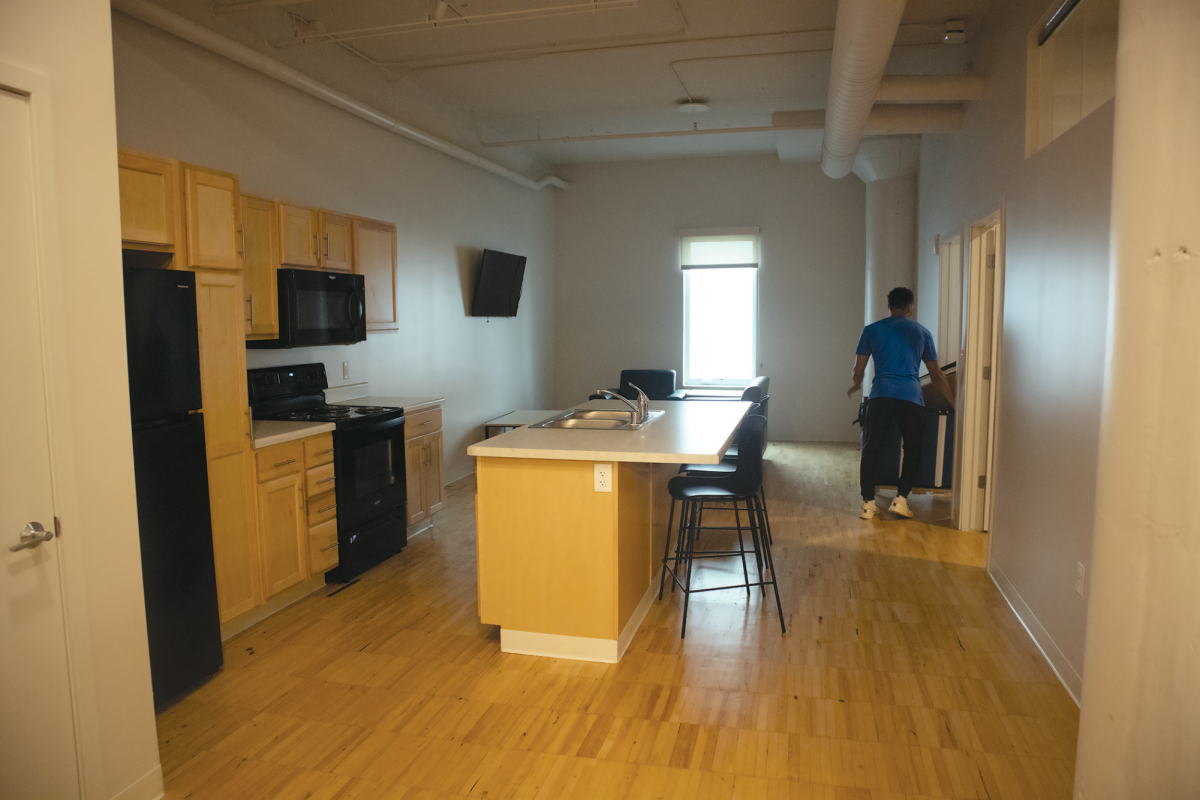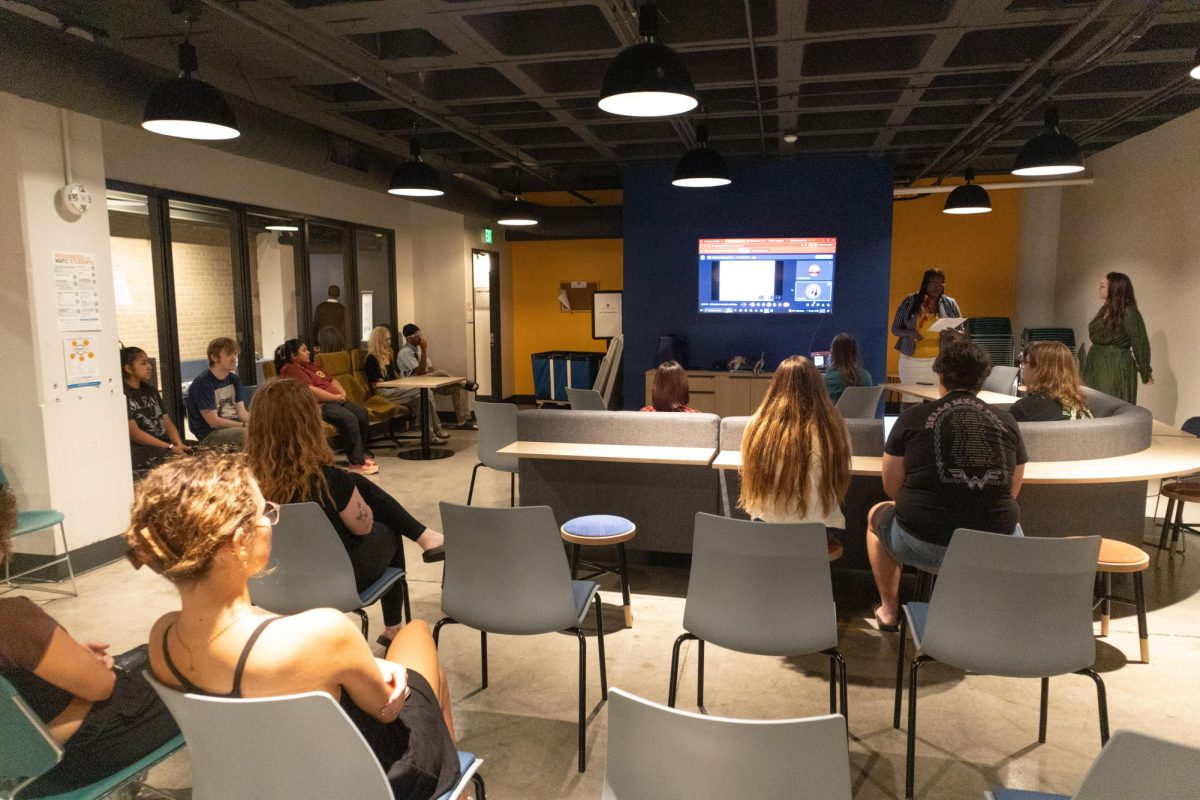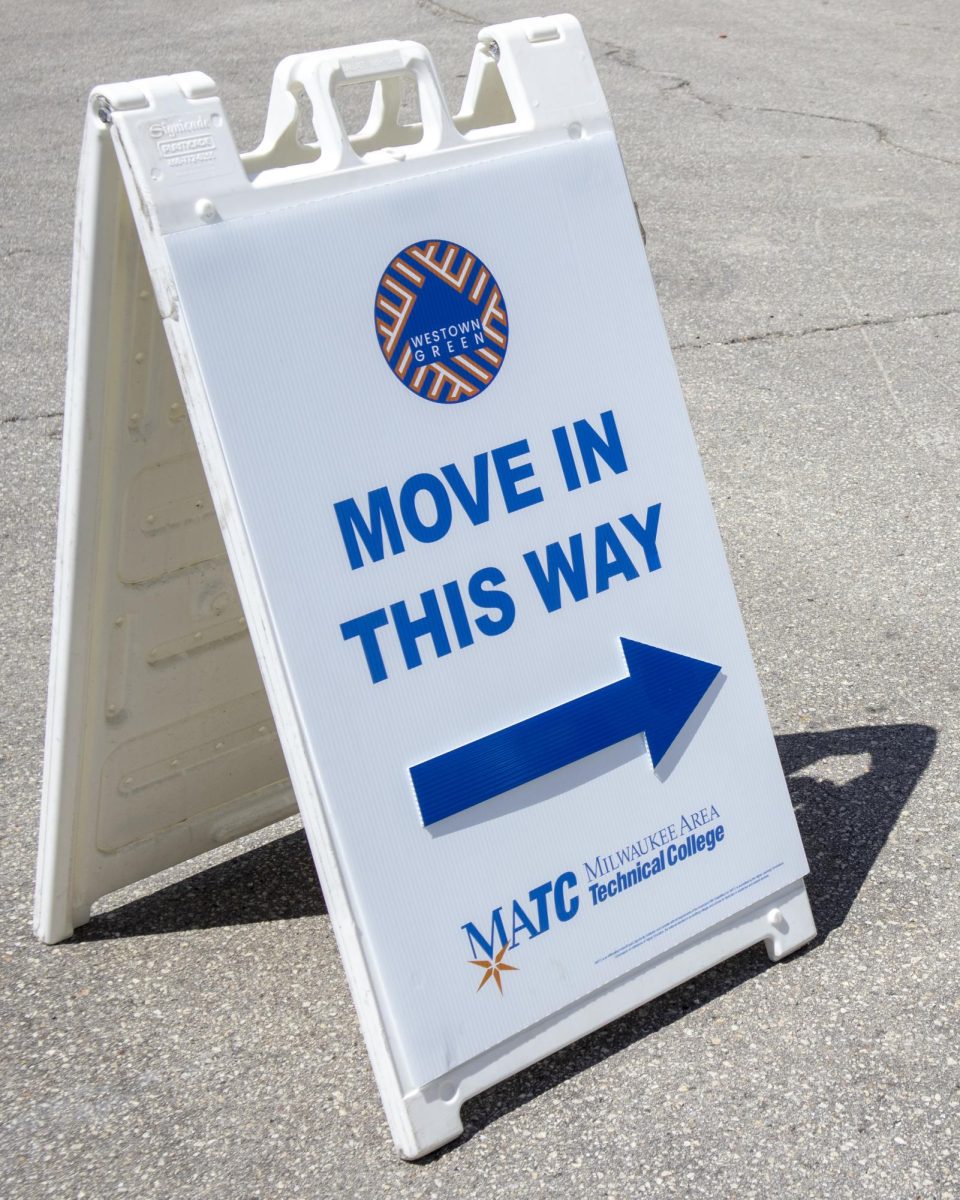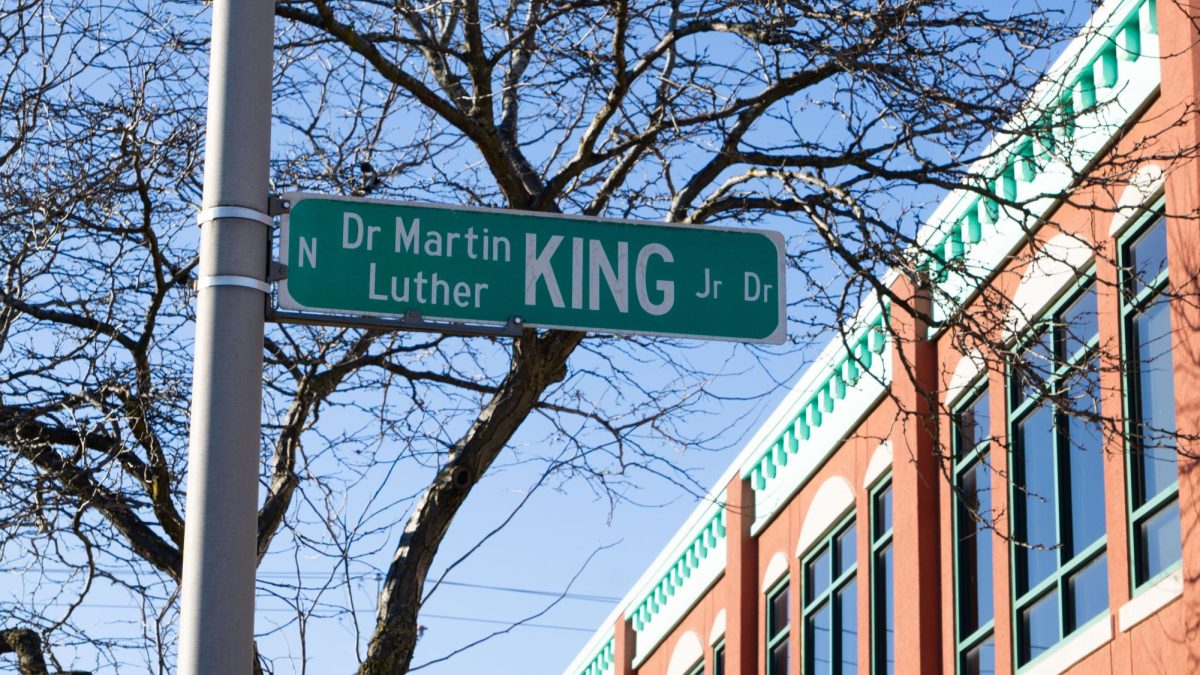The Respiratory Therapy Student Association is a group of 24 students at the Downtown Milwaukee campus who meet once a month in room H200 to provide resources, support, and creative fundraising ideas in favor of the organization.
They were most recently involved with the American Lung Association Fight for Air Walk at the Milwaukee County Zoo on Oct. 7th. The event was a donations-only walk to promote awareness of the dangers of lung disease.
Hillary Lidwin, president of the Respiratory Therapy Student Association, says their job is two-fold. Chronic Obstructive Pulmonary Disease or COPD is a term given to a group of diseases that restrict airflow and create breathing-related problems; this includes emphysema, chronic bronchitis and, in some cases asthma.
All of these diseases limit and threaten the lives of those who are diagnosed with it. Asthma is the most elusive and mysterious in that we know what the triggers for asthma are, but no one quite knows what facilitates the onset of the disease.
Today, 18.7 million adults and 7 million children in the U.S. have the disease; that’s a little over 17.5% and growing every day. Between 2001 and 2009 it grew by 4.3 million people.
This is why respiratory therapists are not only there for those already afflicted by a respiratory disease, but for those who have yet to be diagnosed, as champions for better air quality.
They know how prevalent lung disease is and that smoking and lung disease not only go hand in hand, but, once the disease exists, are like gasoline and fire.
Lidwin says, however, that smoking isn’t just a lung issue, “It not only can cause lung cancer; the carcinogens can create cancer pretty much anywhere in the body.”
Respiratory therapists are huge advocates for smoke-free initiatives, but they also know how hard it is to quit once you’ve started.
“Seventy percent of people who smoke want to quit smoking. Fifty-two percent of smokers have quit for a day because they want to try to quit smoking,” Hillary says.
“People don’t fully understand that your first two to four weeks are the hardest. That’s when all the withdrawal symptoms come and people don’t know how to handle them correctly. They haven’t realized the triggers that make them smoke and they haven’t figured out why they started in the first place. It’s just what they’ve always done.”
That’s why one of the main objectives of the Respiratory Therapy Student Association is to create awareness of cessation programs that help the quitter “talk it out” in times of weakness and give the new non-smoker a full picture of what they’re dealing with.
“Until they sit down and talk it through with somebody, chances are, they’re just going to keep doing it. The percentage of American adults who smoke has decreased from almost 21% in 2005 to 19.3% in 2010.
“I think that’s a good, drastic deduction from where we used to be,” Lidwin said, but it’s still just a drop in the bucket; although the Midwest has reduced their smoking since the ban, it’s still one of two most prevalent smoking regions in the U.S.
Dwayne Schlund, one of the advisors for the Respiratory Therapy Student Association says that’s why smoke-free environments around schools and businesses are so important.
“Even if students are smoking right at the 25-foot mark and people have to pass through that cloud of smoke to get into the building it’s still affecting them. But it’s [still] helpful to everyone because any exposure to that, even secondhand, can cause lung disease and potentially cancer. A lot of these diseases don’t show up for many years after exposure so, the sooner they can quit, the better off they are, and the more lung function will return after time.” Schlund added, “It takes time but it’s definitely something respiratory therapists have to fight for.”

